‘The paper seduced me,’ Picasso wrote to Brassaï in 1943 after he had managed to defy wartime shortages in occupied Paris and get his hands on a supply of Japanese drawing paper: ‘Without it, I’d never have done these drawings.’
If we normally think of a material such as paper as a mere resource, something passively used in the artistic process, then ‘Picasso and Paper’ at the Royal Academy of Arts in London will do much to flip this assumption on its head. Here, for Picasso, it often seems that the material itself, its sensual and textural qualities – whether in its high-quality incarnations such as Japan paper or in cheap newsprint or cardboard – is generative of artistic possibilities. It is the supply of paper, and the technical promises and challenges it offers, that seduce the artist into creativity. ‘Seduce’ is of course a telling word choice for an artist as horny as Picasso, and there are as many breasts and vulvas on show here as one would hope, but the exhibition convincingly makes the case that Picasso’s major libidinal investment was in the materiality of mark-making. It really does seem like it is the physical acts of draughtsmanship, cutting, folding, tearing, collage, printmaking, that are turning him on.
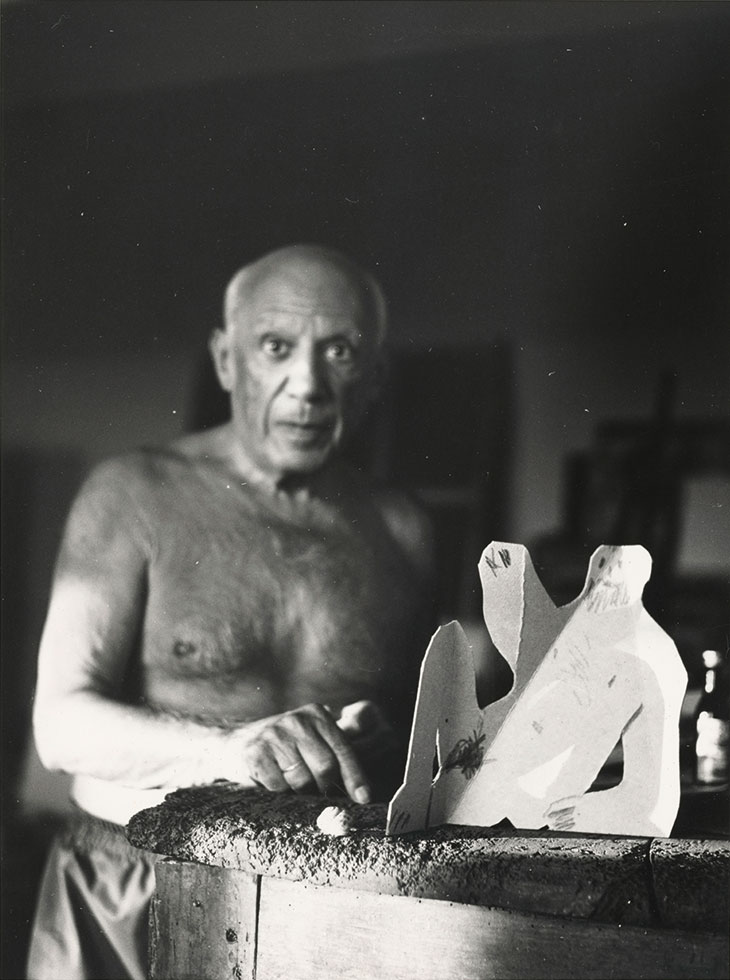
Picasso with a cardboard sculpture of a seated man for Le Déjeuner sur l’herbe, photographed in August 1962. Photo: © RMN-Grand Palais (Musée national Picasso-Paris)/Image RMN-GP; © Succession Picasso/DACS 2020
This magnificent exhibition brings together a vast range of Picasso’s works on, and in, paper, with the aid of superb loans primarily from the Musée national Picasso-Paris. It manages to tell a chronological story about his career, which is also an index of his technical and material discoveries. Some of the most marvellous things in the show are the slightest, most ephemeral and least expected: the sea creatures, playing cards, or parts of a guitar cut out from various kinds of cheap paper; the fragile Head of a Dog (1943), made to console Dora Maar after her own pet had died, torn out from a paper napkin at the dinner table, its eyes marked in with a lit cigarette; the handmade postcard sent to Guillaume Apollinaire in 1905 showing a dove setting out overseas with a letter; the pages torn from newspapers or Vogue magazine on which Picasso has doodled irreverent graffiti. These works show Picasso in his downtime, away from the compulsion to make a statement or even an artwork, working at his materials out of love and spontaneous absorption.
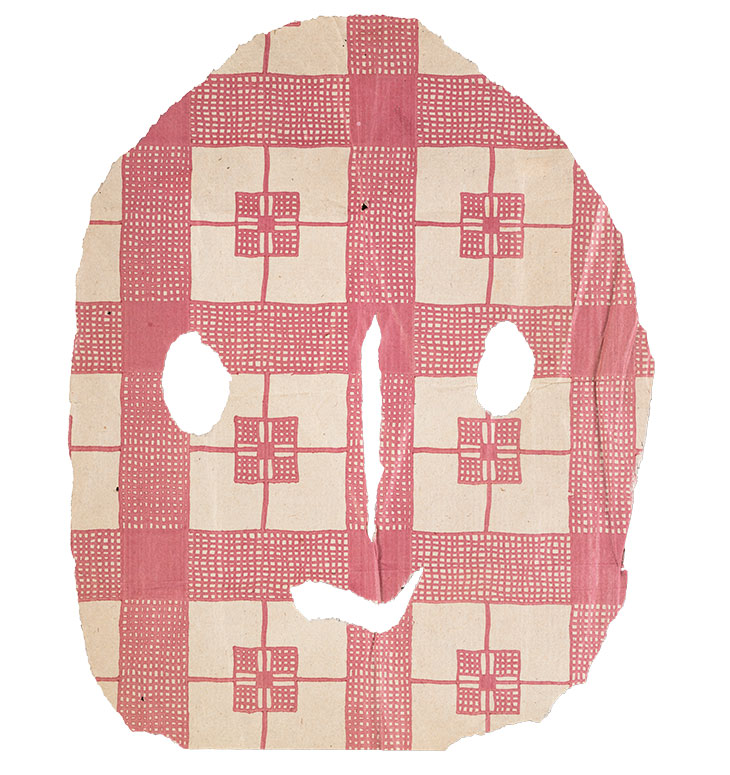
Mask, Paris (1943), Pablo Picasso. Photo: © RMN-Grand Palais (Musée national Picasso-Paris)/Béatrice Hatala; © Succession Picasso/DACS 2020
But they are interspersed around major preoccupations. The sketches that Picasso made and the notebooks he filled (16 of them) in preparation for Les Demoiselles d’Avignon get a room to themselves, grouped around a reproduction of the painting. While it may at first feel slightly Madame Tussauds to have a celebrity lookalike given such prominence in the gallery, it subsequently puts attention back on to the smaller pieces around it. They offer an important counterbalance to the image of Picasso the improviser and artist of instinct: here we see the careful, detailed planning and thought that went into a major canvas. Likewise, another room gives us the drawings and preparatory work that went into making Guernica. If it can sometimes seem that Picasso’s masterpieces are too well known, overwhelmed by the fame and cultural associations they have accrued, the work this exhibition does to re-insert the rough drafts around their edges defamiliarises them in a fruitful way.
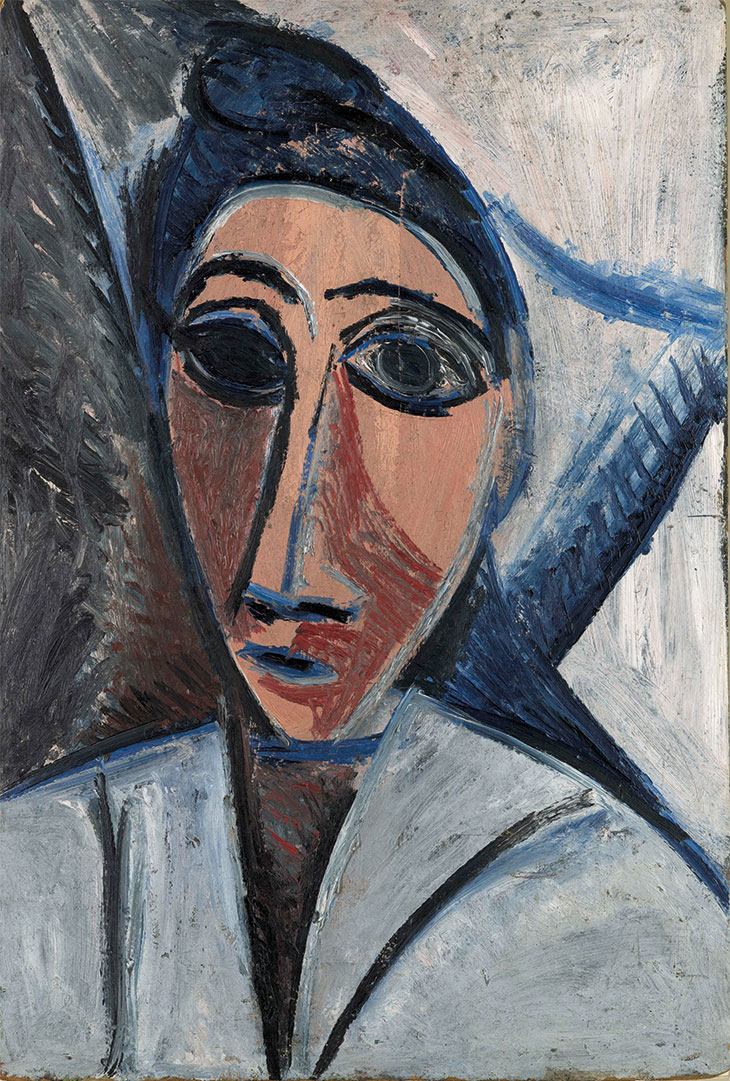
Bust of Woman or Sailor (Study for ‘Les Demoiselles d’Avignon’) (1907), Pablo Picasso. Photo: © RMN-Grand Palais (Musée national Picasso-Paris)/Adrien Didierjean; © Succession Picasso/DACS 2019
But Picasso the boy genius, the artist of immortal talent, the infinite virtuoso who would develop an accompanying ego of mythic proportions, is here too. He emerges in the cut-outs of dog and dove made at the age of nine (he ‘could draw before he could speak’, the artist told his biographer Roland Penrose); in the neoclassical drawings of Renoir, Stravinsky and others made around 1918–20, with the extraordinary confidence and truth-telling of their line; and in large-scale works such as the collage Femmes à leur toilette (1937–38), made from patches of various patterned wallpapers. In the final room of the exhibition we get to see the film Le Mystère Picasso (1955), by Henri-Georges Clouzot, in which the artist, deep into his eighth decade, sits shirtless and smoking and plays up to the camera by creating felt-tip drawings in real time, ingeniously filmed through the other side of the paper so that they seem to be spontaneously emerging, morphing from one thing into another (fish, faun, cockerel) through a few strokes of decisive colour. It is at once – like much associated with Picasso – slightly corny and genuinely magical. When the drawing is finished on film we can turn to look at the real thing, hung in the same room. The mystery works.
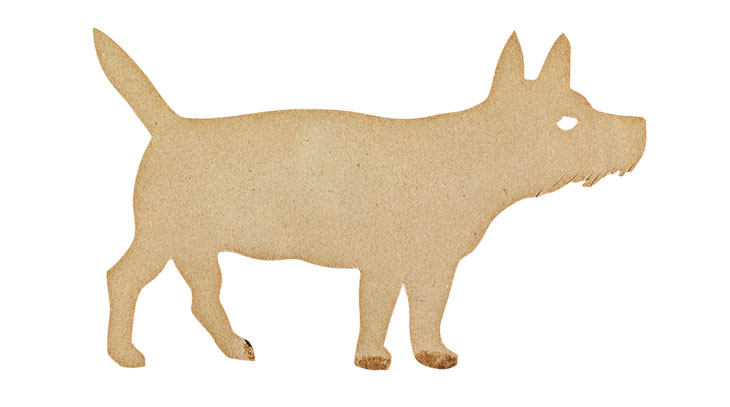
Dog (c. 1890), Pablo Picasso. Photo: Gasull Fotografia; © Museu Picasso, Barcelona; © Succession Picasso/DACS 2020
Overall, this exhibition succeeds remarkably in making Picasso freshly and differently visible, without resorting to strained or glibly counter-intuitive curatorial decisions. It also does a great job of maintaining a high level of technical and material exactness while keeping a light touch. Who would have thought a blockbuster show in 2020 would come with a free glossary of paper terms, carefully explaining the difference between laid and wove paper, between drypoint and Erwinography?
‘Picasso and Paper’ is at the Royal Academy of Arts, London, until 2 August (exhibition dates extended).
From the April 2020 issue of Apollo. Preview and subscribe here.
Unlimited access from just $16 every 3 months
Subscribe to get unlimited and exclusive access to the top art stories, interviews and exhibition reviews.

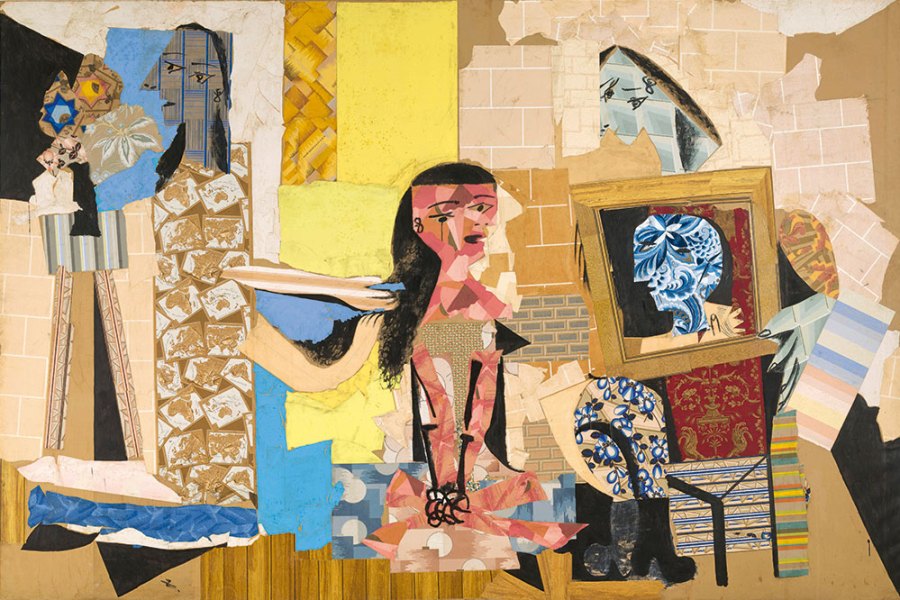
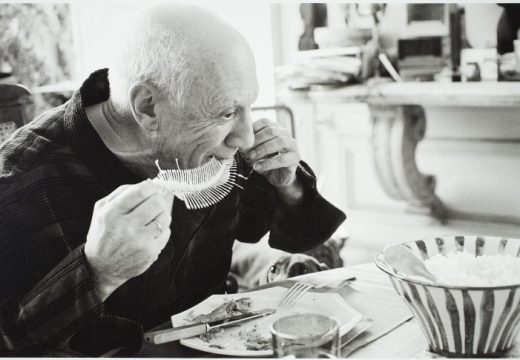
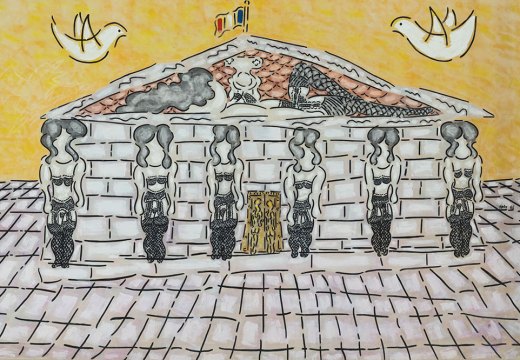
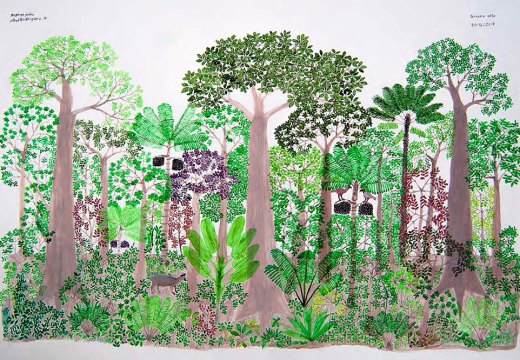









![Masterpiece [Re]discovery 2022. Photo: Ben Fisher Photography, courtesy of Masterpiece London](http://www.apollo-magazine.com/wp-content/uploads/2022/07/MPL2022_4263.jpg)
It’s time for the government of London to return to its rightful home